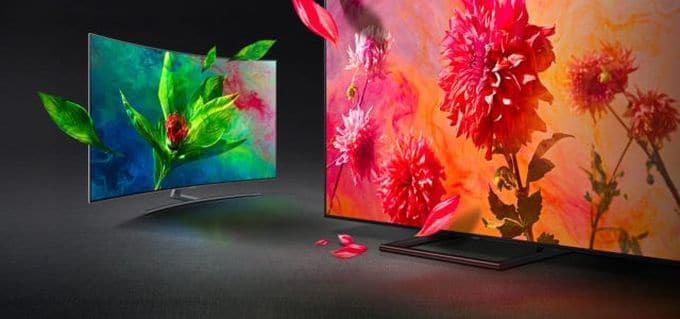A modern TV is one of the most popular and sophisticated home appliances. The competition in this segment is also very high. Therefore, companies increase the competitiveness of their models, expanding their functionality and improving quality by using innovative technologies. As a result, today the market simultaneously offers a huge number of different models, the cost and functionality of which varies in a very wide range. Therefore, choosing an optimal TV is often not an easy task. Of course, it depends the technical values.
Additionally, the professional calibration additionally improves image quality, but it’s quite complex and expensive. However, many TV settings are quite accessible to the user.
Black level (MLL, Minimum luminescence level) and brightness
MLL corresponds to black level on the screen when a signal equals “0” nit.
Brightness corresponds to the screen brightness TV when a signal equals 255 nit.
Black level and brightness are measured together with the help of ANSI method (“chess board” – the alternation of black and white areas).
This method measures brightness in each square. Its value corresponds to the arithmetic average value of brightness in the white and black areas.
Contrast
Contrast represents the difference between the arithmetic mean of the black and white areas. The value in black areas conditionally equals “1”. Of course, the image quality depends inversely proportional to this ratio. In fact, contrast provides provides visualization of color gradients. For comparison, ANSI-contrast IPS matrix is ~ 1 000: 1, S-PVA – 3 500: 1, UV²A – 5 000: 1, the plasma – 12 000: 1.
Color rendering
This value characterizes the deviation of the output signal from the input signal. Respectively, the image quality is inversely proportional to the deviation. According to experts, the eye perceives deviation DeltaE > 3. DeltaE = 0 corresponds to best possible value. For example, ViewSonic Professional Monitor provides Delta E = 2 сolor аccuracy.
Viewing angles
The matrix viewing angle affects the degree of color distortion when viewing at an angle. This dependency is inversely proportional. S-PVA matrix has minimal angles. OLED, QLED (quantum dot technology) and plasma panels provide the highest values. The values of the viewing angles are measured in degrees. Today, values above 170 degrees vertically and horizontally are considered normal.
Dynamic and screen resolution
Almost all TVs have the static resolution of 1080 lines (1920 x 1080 pixels). Dynamic resolution characterizes the image quality during fast movement in the frame. But, the values of a statistical and dynamic permission are greatly different. Loss of information when playing highly dynamic scenes is typical for LED models and is solved with the help of flickering backlight, the frame interpolation, etc. But using MCFI has key features when connecting TV to PC.
Screen resolution is very important. The image clarity on the screen depends on the resolution. Large displays require more high resolution. Modern TVs provide the format resolution of HD ready (1280 x 720 pix), Full HD (1920 x 1080 pix) and Ultra HD or 4K (3840 x 2160 pix). The video at the end convincingly demonstrates the dependence of the quality playback on the screen resolution.
Video resolution must match with the screen resolution for high quality image. Otherwise there is a need in signal interpolation with the help of program methods. Interpolation provides coordination of the image with the physical resolution of the matrix screen. The video format depends on the type of input signal (air or cable television, DVD or Blu-Ray format, etc.).
Audio format
Most of the budget TVs support 2.0 format that uses two wideband speakers without a subwoofer. Unfortunately, it very bad transmits the low-frequency component of the sound. Therefore, software developers use different ways for improvements of acoustic performance. Format 2.1 uses a subwoofer that provides acceptable playback quality for low frequencies. Acoustical systems of 4.1 or 5.1 formats are external.
3D TVs
Today, 3D image is created with the help of active or passive 3D technology. Active 3D provides high quality images and does not require additional processing with the help of programming methods. Passive 3D is the easier, more convenient and cheaper.
3D TVs contain the following additional functions:
– adjusting the depth of a surround image;
– convert of flat image into 3D;
– support of simultaneous using screen for multiple users (playing games, watching of various TV programs).
But, 3D-technology in the models of different companies has key features.
Modern TV with SmartTV function is characterized the following components:
– web-browser;
– interface.
– level of integration in social networks.
– built-in media player to play files from external USB-devices or memory cards;
– webcam or the possibility of its connection for using the Skype service;
– access to the company store apps;
– alternative methods of control and access (voice, gestures, visual identification of the user);
– range of the preset widgets.
Some companies offer the ability of modernizing their models. For example, Samsung produces external Smart Evolution plug-ins.
This module provides software updates in the previous models for expansion their functionality.
